BIOGRAPHY
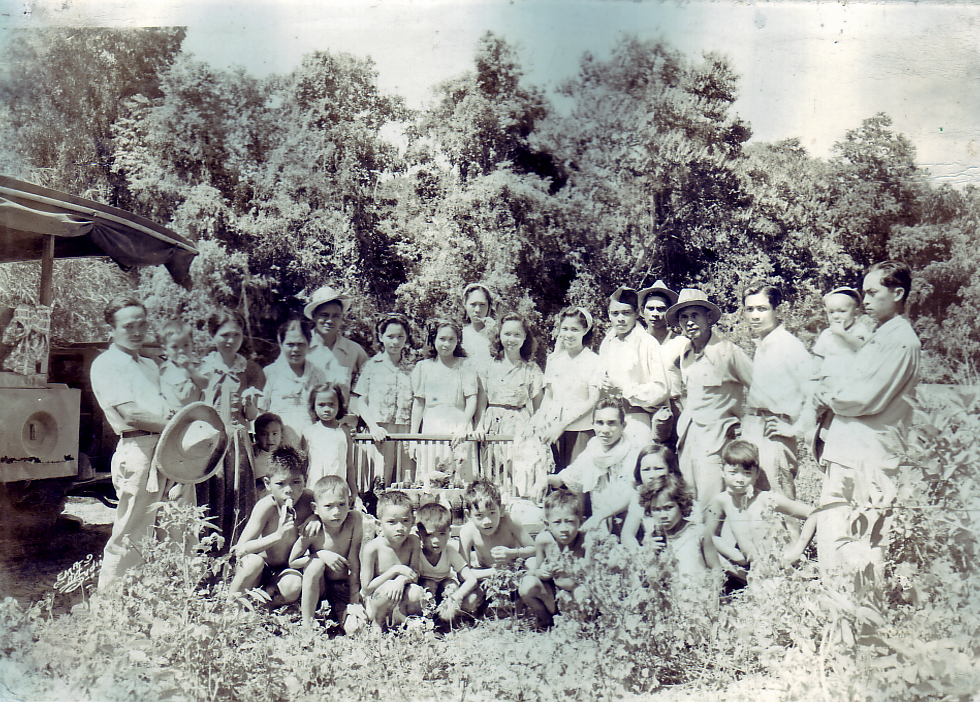
nATIONAL LAND SETTLEMENT

- In 1938 toward the end of General Santos’ tour of duty,
President Manuel Quezon was locked in battle with the
opposition party over his social justice program of
government. President Quezon sought the advice of the
General on how Quezon’s social justice program could be
made relevant.
• General Santos suggested that land settlements in vast and
idle public agricultural lands be established in the far north
and south of the country. The President charged General
Santos with the duty of making the surveys and plans for the
establishment of these settlements.
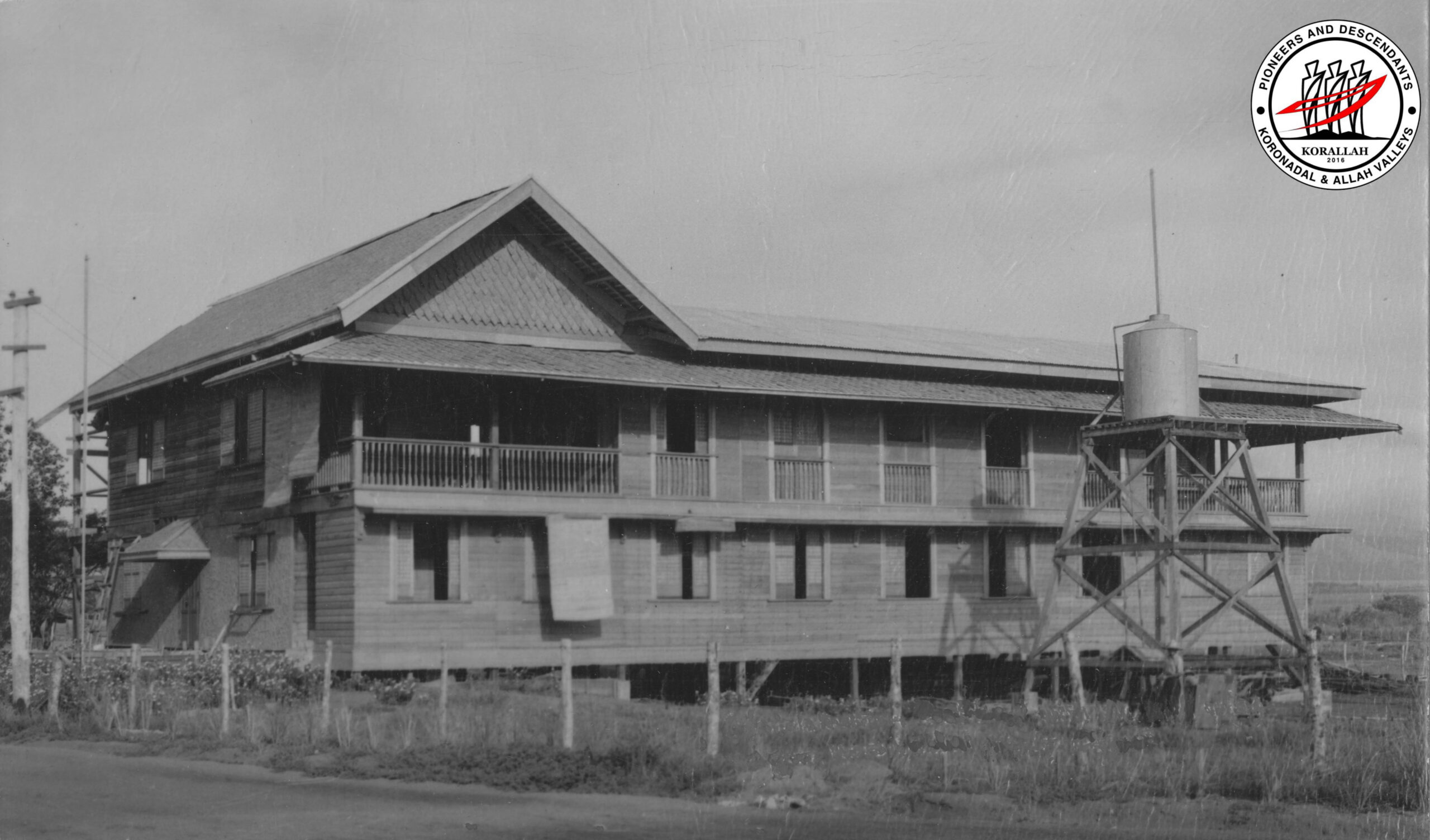
- On December 31, 1938 General Santos was again retired
from the military service, only to be appointed the following
day as manager of the National Land Settlement
Administration, a civilian office established to implement the
resettlement phase of President Quezon’s social justice
program.
• One of the aims of the program was the creation of middle class communities in the Cagayan Valley of Luzon, Koronadal
and Allah Valleys of Cotabato and in the extensive table lands
of Compostela and Monkayo in Davao. Public agricultural land was going to be made available to
willing and qualified farmhands, mostly landless tenants, for
productive cultivation and eventual ownership.
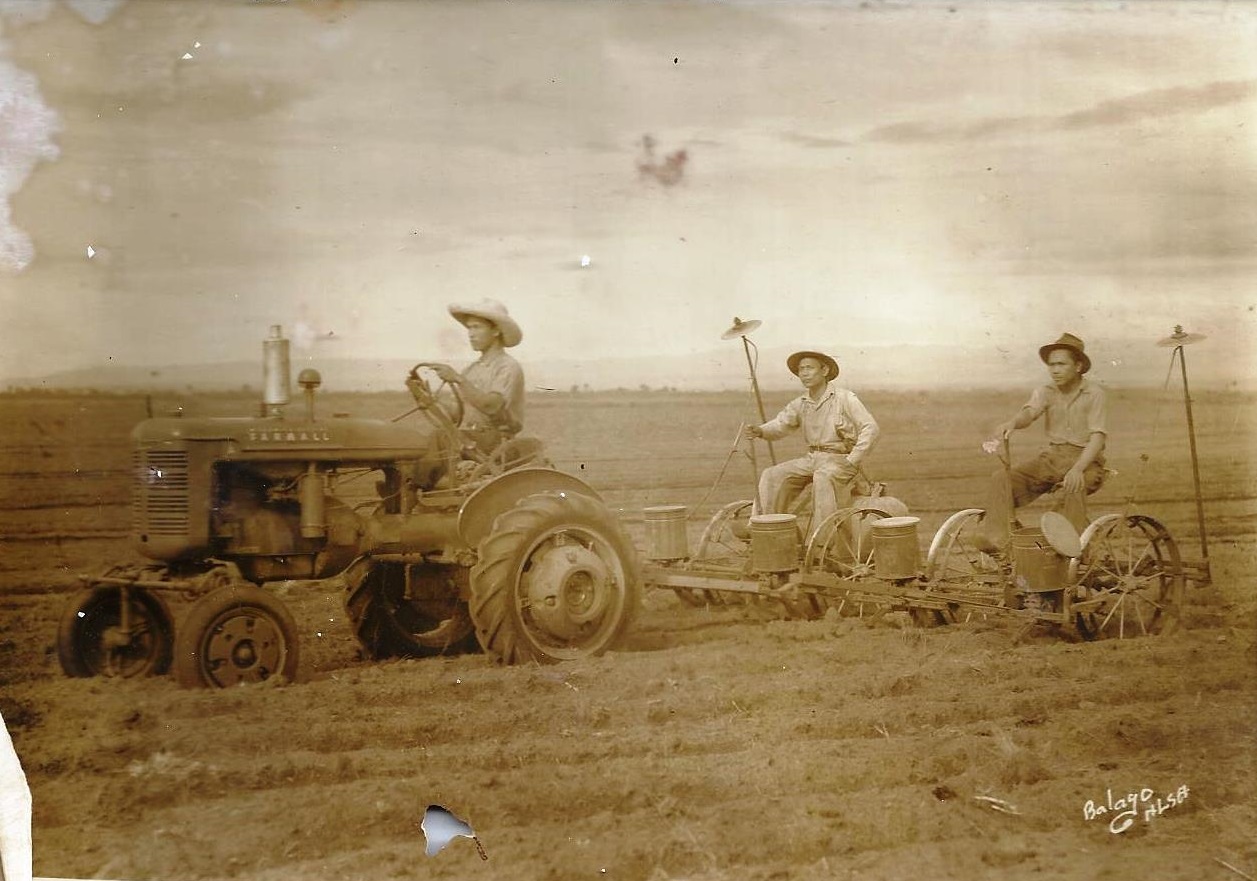
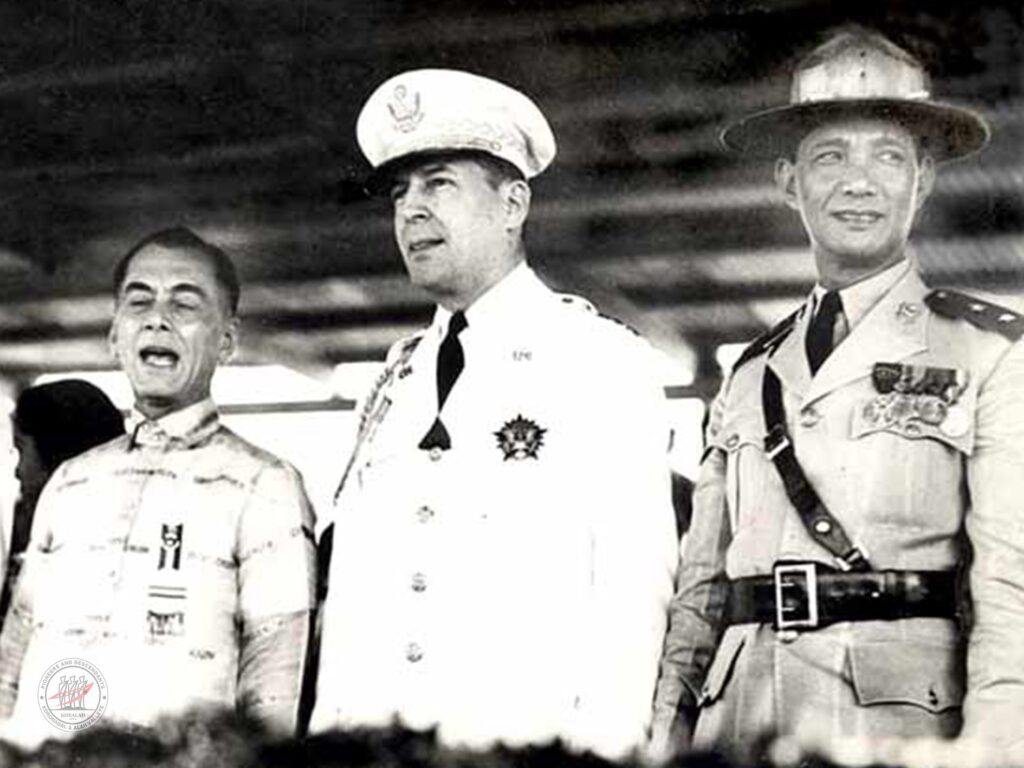
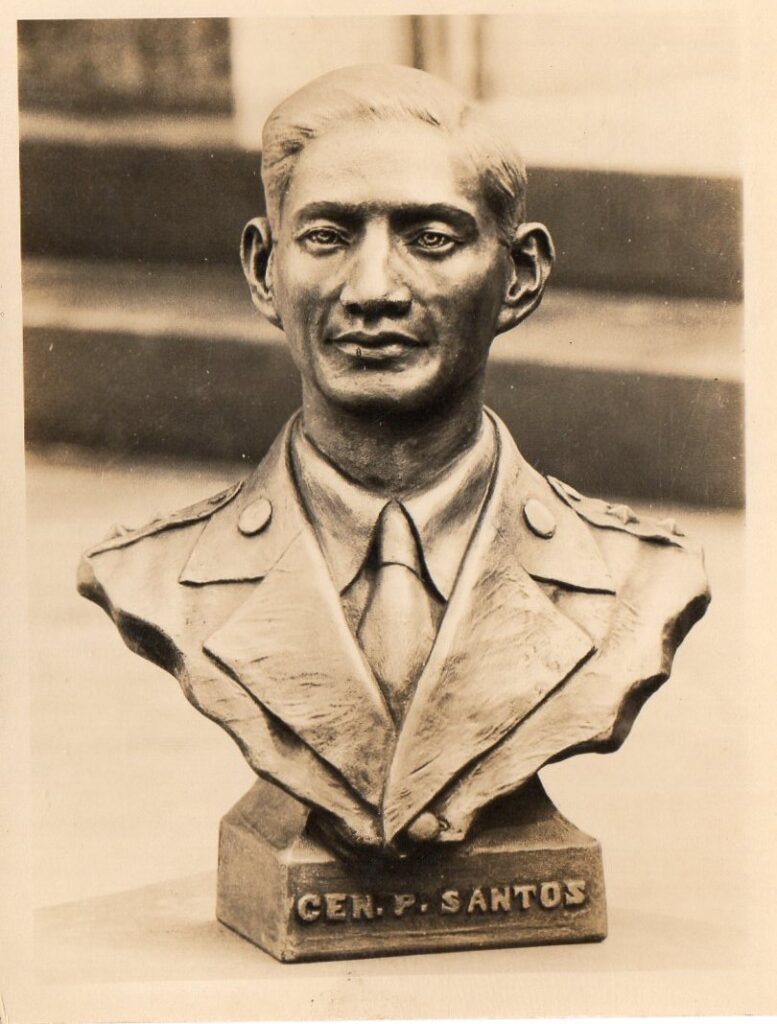
- On January 3, 1939, President Quezon sent General Santos a
letter stating therein, personally and officially, his deep
appreciation of the “energy, loyalty and ability which have
been so constantly noticeable in his three-year service” as
army chief of staff. To quote the letter further, “Your original
selection as Chief of Staff was based primarily upon my
intimate knowledge, gained through many years of
observation and friendly contact, of your qualifications as a
leader and executive. Upon the end of your tour, I am happy
to say that you have under new and difficult conditions, so
conducted the affairs of your office as to confirm and enhance
my former good opinion of your abilities and of your value as
a public servant. In going to your new position in the Mindanao
resettlement project, you take with you in addition to your
wealth of experience and administration, the deserved
admiration and confidence of your fellow citizens, both in and
out of government service. This combination endures you a
future of even greater usefulness to the Philippines than the
brilliant one you have so far achieved.”
• Thus, encouraged by the chief executive of the land, General
Santos embarked upon his new assignment with
characteristic zeal and devotion. He travelled far and wide to
offer landless tillers of the soil properly subdivided and
surveyed public agricultural lands and sustained government
assistance. The response was immediate and impressive
resulting in the establishment of six settlements in Cotabato,
during the period from 1939-1941.
The interruption caused by the war between 1941 and 1945,
these settlements grew and progressed to become first class
municipalities. One settlement, the Buayan District in
Cotabato, has since become a city, appropriately named
“General Santos City” in his memory.
• Reporting after a year of operation, General Santos was
quoted to have said: “We have proved to skeptical people that
the Filipino farmer can work in peaceful productivity in his
community, unhampered by vices which sap his moral
strength. We have seen settlers from different parts of the
Philippines living in brotherly harmony, helping each other
shape their common future. Without doubt, this is the most
practical application of the President’s policy of social justice
for it gives a poor man who is willing to work a chance to earn
a living through his own honest efforts.”
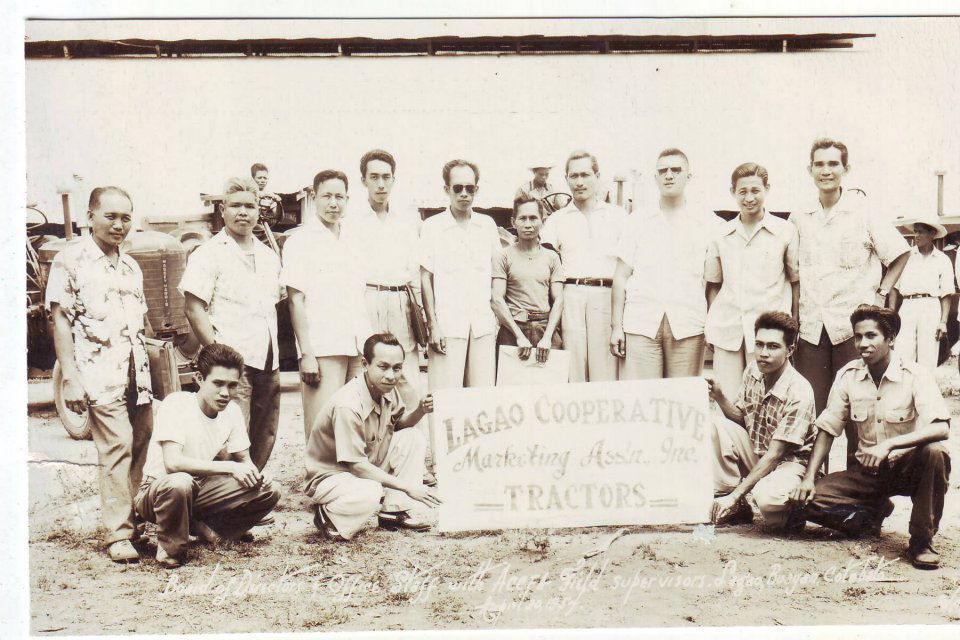
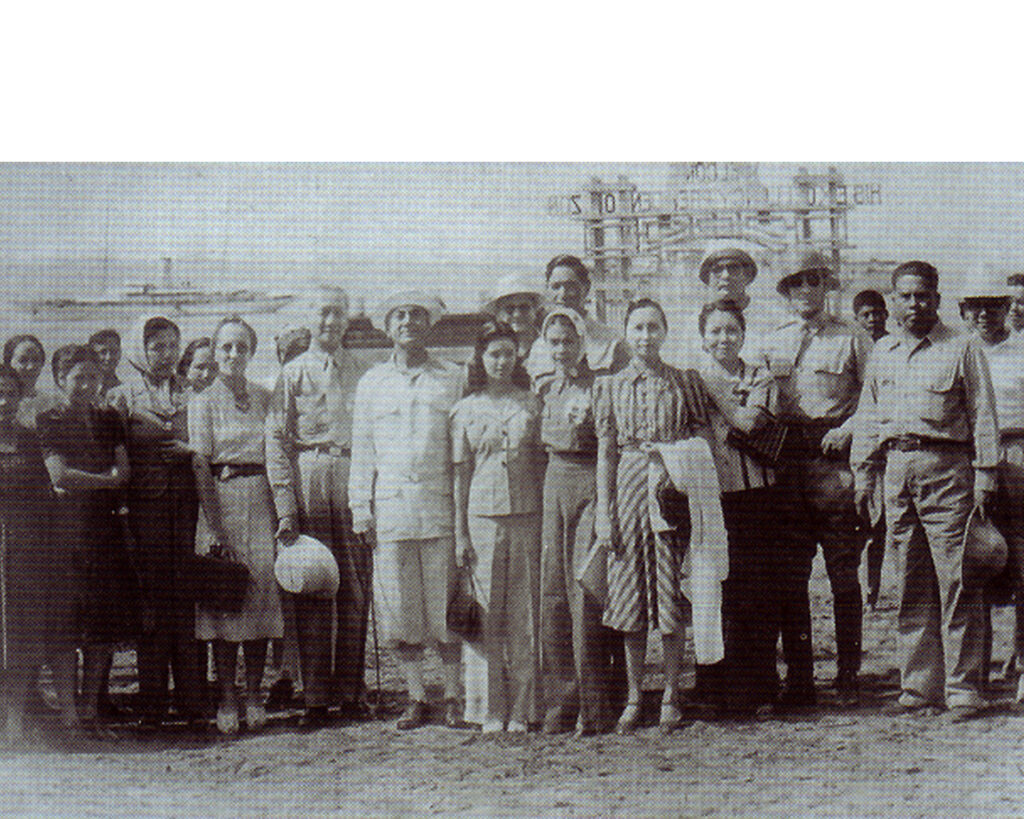
- Finally, during the last Pacific War, the late President Jose P. Laurel, then head of the occupation government, gathered all available patriots at the time to form a part of his official family. The President called upon General Santos to prepare Mindanao and Sulu, a task he performed successfully.
- In August 1944, he was designated head of the military arm
of the Laurel government as Commanding General of the war time Bureau of Constabulary. It was in his capacity that
General Santos died, a victim of his country’s desperate
struggle for survival.